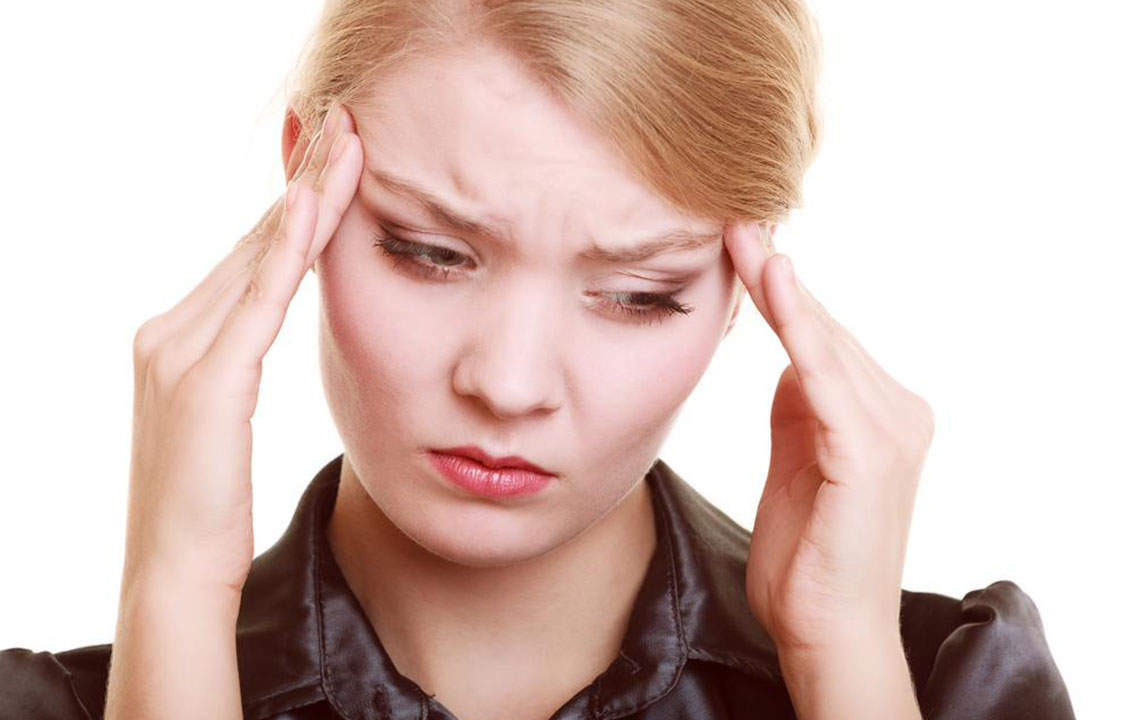All You Need to Know about Treatment for Vertigo

Vertigo is an ailment where a person feels dizzy or has a sensation of being off balance. The person might feel that the world around him or her is spinning. Medical diagnosis has clearly stated the fact that vertigo is a problem that can occur due to inner ear problems. Some of these inner ear problems could be:
· Benign Paroxysmal Positioning Vertigo, also known as BPPV, occurs when very small particles of calcium get deposited and clogged up in the ear canals.
· Meniere’s disease is yet again another disorder of the inner ear in which there is an increase of fluid that changes the pressure in the ear. This can lead to vertigo coupled with the loss of hearing power.
· The problem of Vestibular neuritis is another infection that could lead to inflammation in the inner ear that can give rise to vertigo and loss of balance.
· The other minor reasons for vertigo could be aging, injury to the head and neck, medications of certain types, migraines and also strokes and tumor in the brain.
Symptoms of Vertigo
Some of the most common symptoms of vertigo are as follows:
· Spinning of the head
· Nausea
· Titling of the body
· Feeling of being pulled in one direction
· Headache
· Sweating
· Loss of hearing at times
Treatment of Vertigo
Treatment for vertigo is done in many different manners. Doctors often advise patients to take rest, ample of fluids and wait for some time. Often the brain can get accustomed to the condition of the inner ear and stabilize the body functions. In this context, we see that often all problems and other uneasiness can go away without having to go to any particular type of treatment for vertigo.
However, depending on the nature and the seriousness of the problem, there can be a few types of treatment for vertigo that you could try.
Vestibular Rehabilitation – This is the type of therapy or treatment in which the vestibular system is aimed for improvement. The main function of this vestibular system is to give off signals to the brain regarding the movements of the body and the head that is in the context of the gravity. This is a type of treatment which happens to be perfect in the cases where we see that the bouts of vertigo keep coming back regularly to the person. In this type of therapy, all the senses are trained so that they could get accustomed to the state of vertigo and can bring as much balance to the body movements as possible.
Canalith Repositioning Maneuvers – This is yet again another process of treatment for vertigo in which certain series of recommended movements are done so that the calcium deposits that have gathered in the ear canal can get absorbed by the body. This is a method of treatment for vertigo that is done per the guidelines of the American Academy of Neurology. There is every chance that one can experience reeling feeling in their head when the treatment is ongoing. Observations have revealed that this is one of the most effective forms of treatment for vertigo and can give the best results if the same is done in the care of trained professionals.
Medicines – Medicines are not really the prime methods of treatment for vertigo. However, certain drugs can give respite from problems of motion sickness and nausea. These are some of the medicines that can be carried at the time of traveling along mountain regions that have movement at high altitude. Again, vertigo that is caused due to viral infections and inflammations due to such infections can be treated with steroids and antibiotics. They help to cure the viral infection and also reduce the problem of inflammation.
Surgery – This is a method of treatment for vertigo that is done in very rare cases where the problem has become very acute and at a very severe stage. Problems of vertigo that are caused due to tumors and injuries in the brain and the neck could be treated with such surgeries.
Vertigo is a problem that can occur over a long period. In fact, the problem happens to be a very common one for aged people. Often old injuries and bruises could lead to the problem of vertigo. In most cases, they can be treated at home and will go away after a certain while. However, we see that often the problem can come back again after a certain period if the roots of the problem are not addressed. You must consult a doctor immediately if you encounter a vertigo attack.


